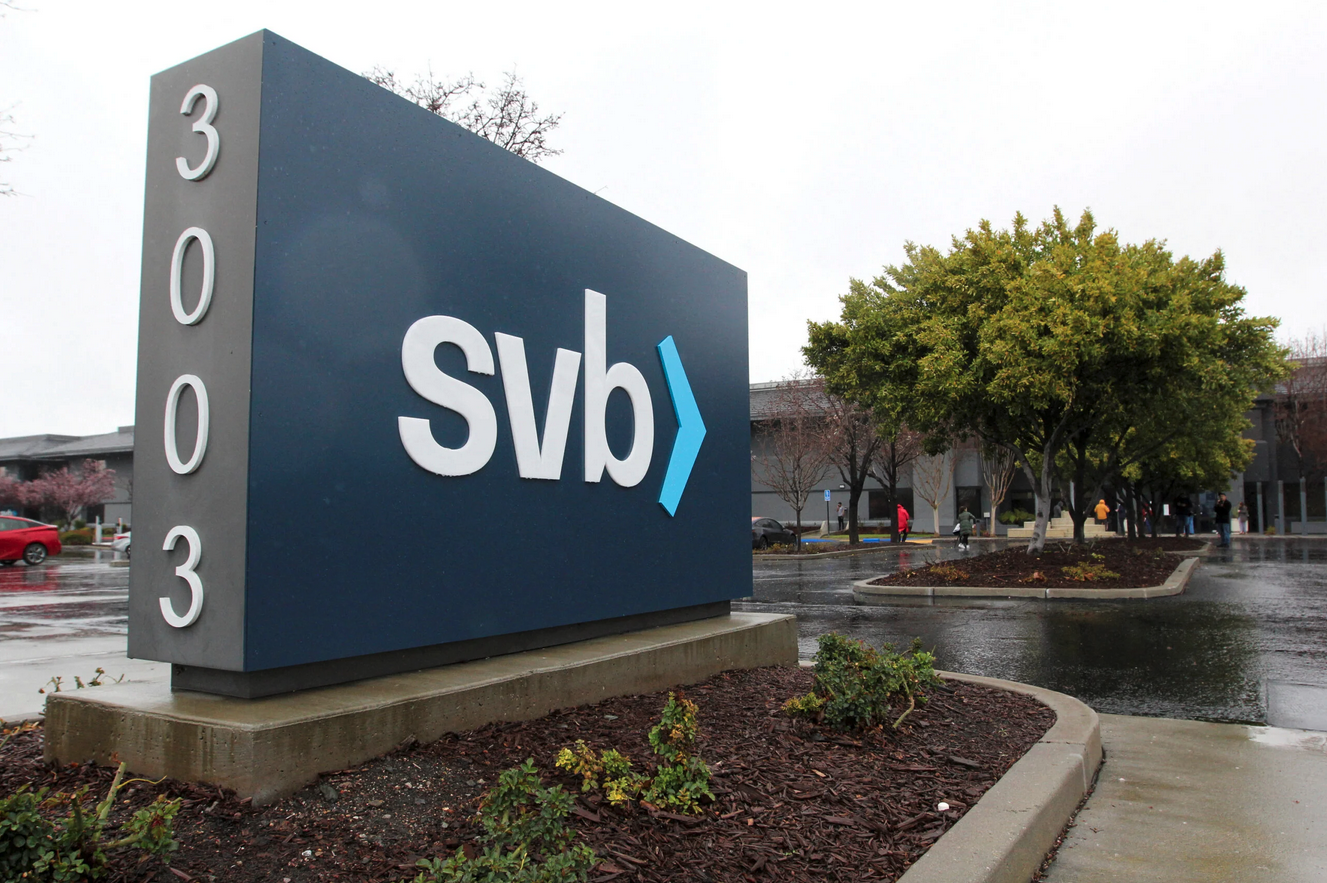
On March 10th, Silicon Valley Bank (SVB) was placed under the control of the Federal Deposit Insurance Corporation (FDIC). Individuals have no doubt been inundated with panic-inducing headlines highlighting the collapse of the 16th largest bank in the US.
Two other smaller banks have also been turned over to regulators as of today. Although any bank failure has the potential to increase volatility in the markets, we’d like to take a step back to review what we currently know about the fall of Silicon Valley Bank, and how it is unlikely to spread throughout the financial industry.
The Timeline:
Wednesday, March 8th:
- Silvergate Bank, a small ($11 billion) California-based bank, announced it would be liquidating its assets. Silvergate was a crypto-focused institution which was hit hard by the fall in value of various crypto currencies.
- Silicon Valley Bank, also based in California, began to liquidate a large number of its securities to meet the obligations of depositors who began pulling their funds. Silicon Valley Bank had assets of approximately $200 billion.
Thursday, March 9th:
- Word spread that Silicon Valley Bank was on shaky ground. This concern caused more of the bank’s customers to begin withdrawing their deposits.
- SVB was forced to sell bonds before maturity to meet the demands of depositors.
Friday, March 10th:
- The Federal Reserve and FDIC stepped in to take control of Silicon Valley Bank as the bank could no longer meet its obligations.
- Throughout Friday and Saturday, it was very unclear when the bank depositors would have access to their capital held at SVB.
Sunday, March 12th:
- Signature Bank, a $114 billion bank based in New York, was shut down by New York state regulators. This bank was also heavily involved in the crypto industry.
- Late Sunday night, the FDIC announced that all deposits – even the amounts over the FDIC Insurance limit – would be fully guaranteed. Depositors would have full access to their deposits no later than Monday, March 13th.
How Did This Happen?
For Silicon Valley Bank, the vast majority of their assets were from tech start-up companies and venture capital firms. They did not have a large branch presence, thus very few individual banking customers. Initial reports are stating that around 86% of all deposits were actually above the FDIC Insurance limits – which is very high! As news spread of the bank liquidating securities, the start-ups/VC firms likely knew they were uninsured on their large deposits increasing their panic to pull funds from the bank.
In addition to the run on the bank, Silicon Valley Bank grew very quickly in their space. They couldn’t find enough diversifying areas to invest their funds fast enough. Thus, they held mostly Treasury Bonds. Although Treasuries can provide safety and stability, they do not provide immediate liquidity, thus potentially creating a loss if sold before maturity. This, combined with a slow down in the tech industry and venture capital opportunities over the last year, helped contribute to Silicon Valley Bank’s demise.
Impact on Other Banks:
These three banks were heavily concentrated in one industry – an industry that was hit particularly hard last year. At this time, there is no indication that this is a wide spread issue in the banking industry.
However, this is a good opportunity for all individual investors to review their bank deposits to ensure all cash is covered under FDIC Insurance.
